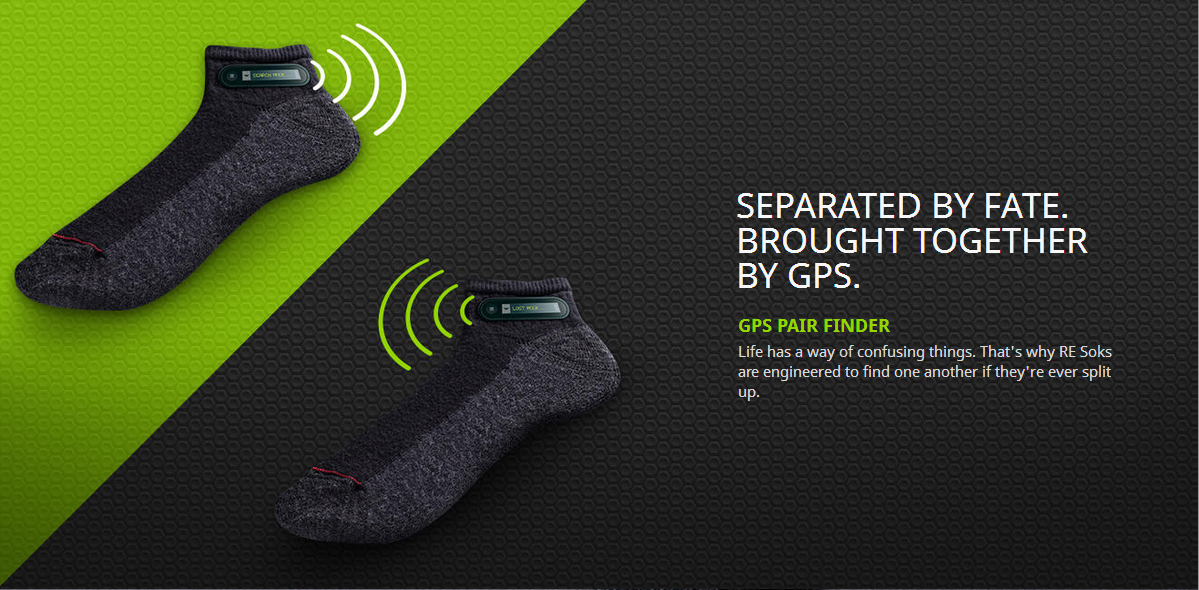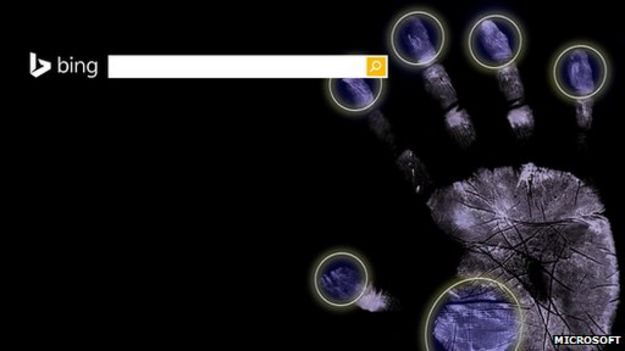and now I came across Upskirting. Apparently
of photographs taken up unsuspecting women's skirts being posted online, the practice of 'upskirting' is clearly on the rise.
Upskirt photography is also routinely used by paparazzi photographers. Usually taken as a woman steps out of a car, "crotch shots" are prized by newspapers such as the Daily Sport and countless gossip and porn websites. While it is often assumed that a handful of celebrities, such as Britney Spears and Paris Hilton, actively encourage upskirt shots, many famous women are deeply upset by the prospect. In a recent interview, the Harry Potter actor Emma Watson described how, on a night out to celebrate her 18th birthday, "I realised that overnight I'd become fair game." (The rules that govern photographs of people under 18 are stricter than those for adults.) "One photographer lay down on the floor to get a shot up my skirt ... The night it was legal for them to do it, they did it. I woke up the next day and felt completely violated by it all."
There are endless web forums where "amateur" upskirters can exchange tips on how to get the "best" pictures. One was posted by a man who had made a "cam-bag" - a holdall with a specially made pocket with a hole in it for a digital video camera lens. Another writes: "Never forget to shoot their faces before or after to know which girls the ass belongs to ... After the first 50 asses, they look very similar and you lose most of the fun. After upskirting them, either step back and wait for them to turn or step by them and shoot direckly [sic] sidewise." Another poster, who says he operates "mostly at theme parks and tourist hotspots, or really anywhere that draws a large crowd of spectators and cameras", walks around until he finds "an attractive young lady, preferably a teen for my tastes, and then I evaluate the situation." He will often sit down next to a young woman and surreptitiously film her while pretending to fumble for new camera batteries in his bag.
On yet another site, one man posts: "I've been upskirting chicks, mostly at clubs, for almost two years. The club I go to is a great spot, real crowded, strobe lights going, loud music, so no one notices me sitting near the edge of the dance floor and if a woman in a skirt ends up by me I stick the cam under and snap."
In this country (UK), there is no specific legislation against upskirt photography, though it is covered by other laws. "If the person being photographed is in a place which would reasonably be expected to provide privacy in the circumstances, it may amount to the offence of voyeurism under the Sexual Offences Act 2003," says Linda Macpherson, a lecturer on law and expert on legal aspects of photography. "A person convicted of this offence may also be placed on the sex offenders register."
It could also come under the criminal offence of "outraging public decency". Macpherson cites the 2007 case of Simon Hamilton, a barrister, who was convicted after secretly filming up the skirts of women in supermarkets. "He appealed on the basis that, as none of the victims had been aware of the filming and no one else had seen it, public decency could not have been outraged. However, the court of appeal held that it was sufficient that the lewd act had occurred in a public place, and that there were at least two persons present capable of seeing it even if they had not actually seen it."
Repeat offender Andrew Mackie was this month jailed for one year for taking photographs of women in Sunderland and Durham city centres, and breaching a sexual offences prevention order which forbade him from owning a camera after he was convicted of similar offences in 2006.
A lesser sentence, however, was given to Guy Knight, a former chartered accountant from Seaford in East Sussex. He took photographs up women's skirts on trains over a five-month period while commuting to work. He was caught after suspicious passengers reported him to the police. More than 200 illicit images were found on his phone and laptop. Ten of the women in the pictures were traced by police, none of whom were aware they'd been photographed. Last year, he was fined £500 and ordered to pay £500 costs. Detective Constable Bob Cager was reported to have been "extremely disappointed - we thought he would have received a heavier sentence".
While the image of the "Peeping Tom" may seem quintessentially British, upskirting is not confined to the UK. In the US, where many of the images posted on the internet were taken, a recent incident led to a change in one state's law. In Oklahoma in 2007, charges against a 34-year-old man, who had been arrested for kneeling behind a 16-year-old girl in a shop, placing a camera under her skirt and taking a photograph, were dismissed after an appeals court concluded that "the person photographed was not in a place where she had a reasonable expectation of privacy". But in response to local outrage, the law was extended, making the photography of another person without their consent for "prurient, lewd or lascivious purposes" illegal.
In Japan, upskirting is so rife that all mobile phones sold now make a sound that cannot be turned off when a photograph is taken. And several Australian states have specific laws banning upskirt or down-blouse photography.
For women who have become aware of such pictures being taken of them, "it can be extremely distressing," says a spokesperson from Victim Support. "The sense of violation can be the same as with other forms of sexual assault. We would encourage anyone who has been a victim to contact us." Parkinson says of her experience, "I felt unsettled, targeted, and helpless; there was nothing that could be done about what had happened, and nothing I could do to prevent it from happening again."
The "defence" used by some upskirters is that since the majority of shots are taken without the woman's knowledge, and there is usually no way she can be identified to the wider public, there is no "victim". But Sasha Rakoff, director of Object, a group that campaigns against the objectification of women, says it is symptomatic of the perceived notion that women's bodies are public property. "You see upskirt shots on the front of the Sport newspaper and lads' mags, which consistently promote Peeping Toms by printing pictures of readers' girlfriends, and glamour models in "private" settings, such as the shower. Is it any wonder that men - equipped with the latest, cheap and readily-available 'mobile spyware' - then enact real-life voyeurism?
"Whatever barriers might exist to being a Peeping Tom have been comprehensively eroded by the male-orientated media, while men who already had no qualms over this form of sexual invasion are routinely vindicated in their belief that such behaviour is acceptable."




















 Martin pointed out
Martin pointed out 